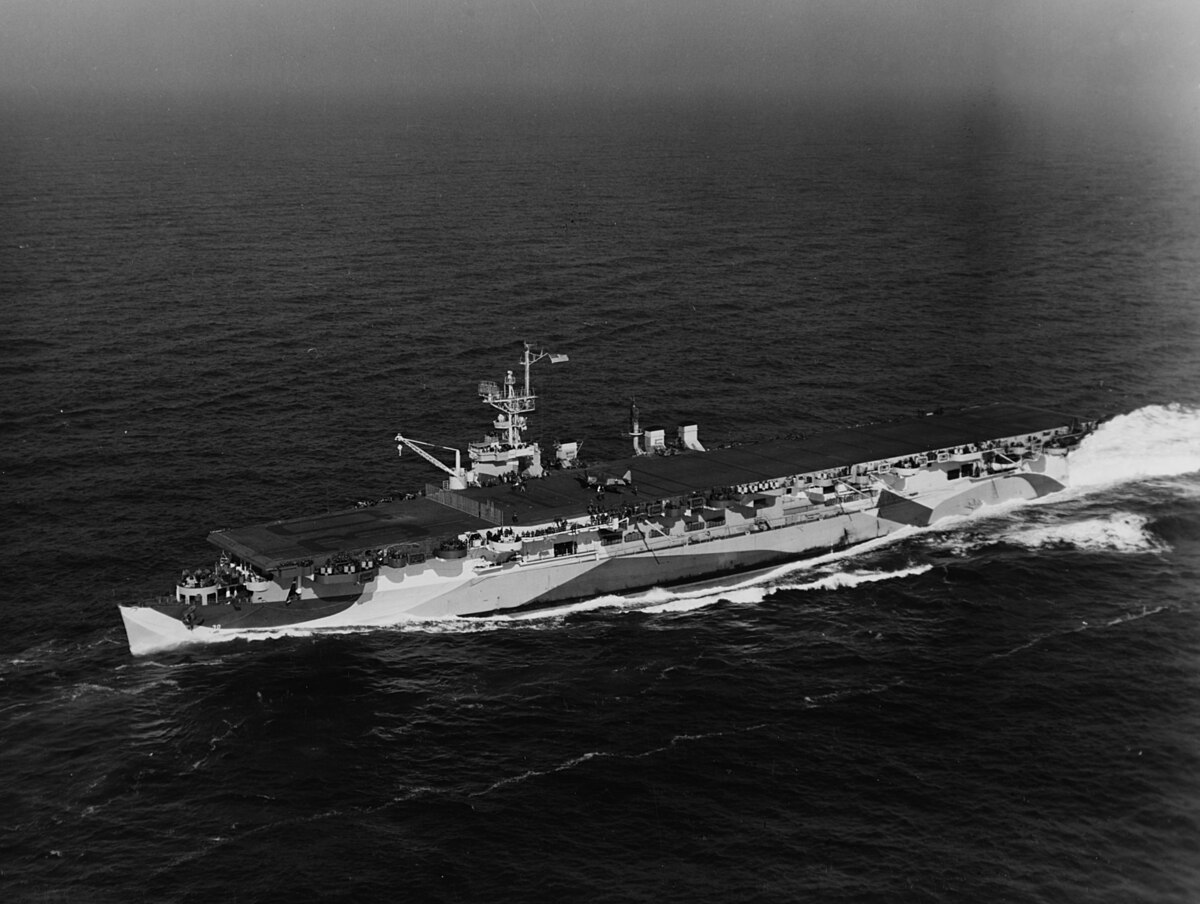Riain
Banned
In this document (starting page 184) the Chief of Defence Staff (1961-66) RAAF Air Chief Marshall Scherger is questioning why Australia needs a carrier (either refitted Essex class or new build CVA01) to replace HMAS Melbourne when so many other things needed to be done, like mine warfare vessels, submarines, surface ships etc. In the end the RAN didn't get an Essex or CVA01, they refitted the Melbourne for S2 and A4 and kept it until 1981.
A lot of countries had this debate n the 60s,, Canada and Netherlands for starters, without getting a new carrier or even retaining their existing carrier.
What I want to know is was Scherg right comparing a new carrier to other Navy capabilities? Or is a carrier a stand-alone capability, separate from the rest of the Navy?
A lot of countries had this debate n the 60s,, Canada and Netherlands for starters, without getting a new carrier or even retaining their existing carrier.
What I want to know is was Scherg right comparing a new carrier to other Navy capabilities? Or is a carrier a stand-alone capability, separate from the rest of the Navy?

